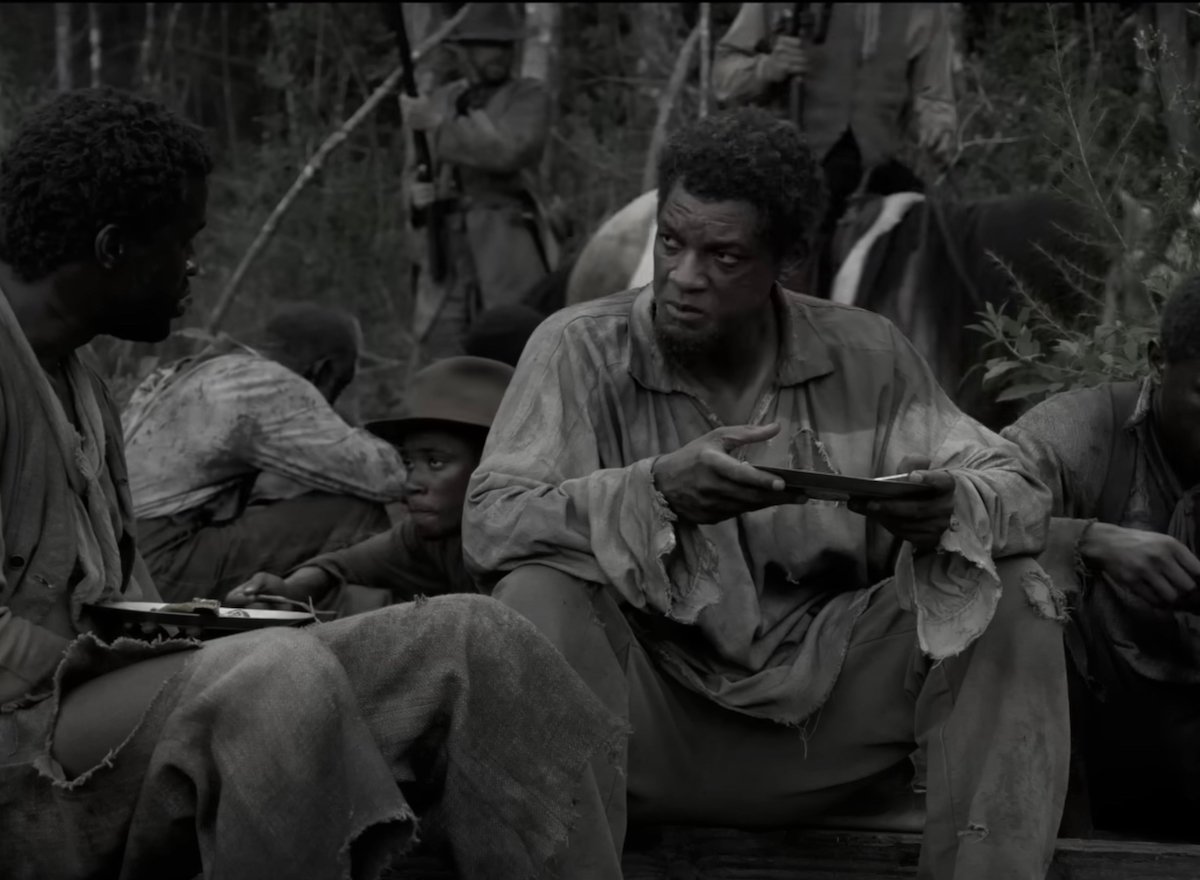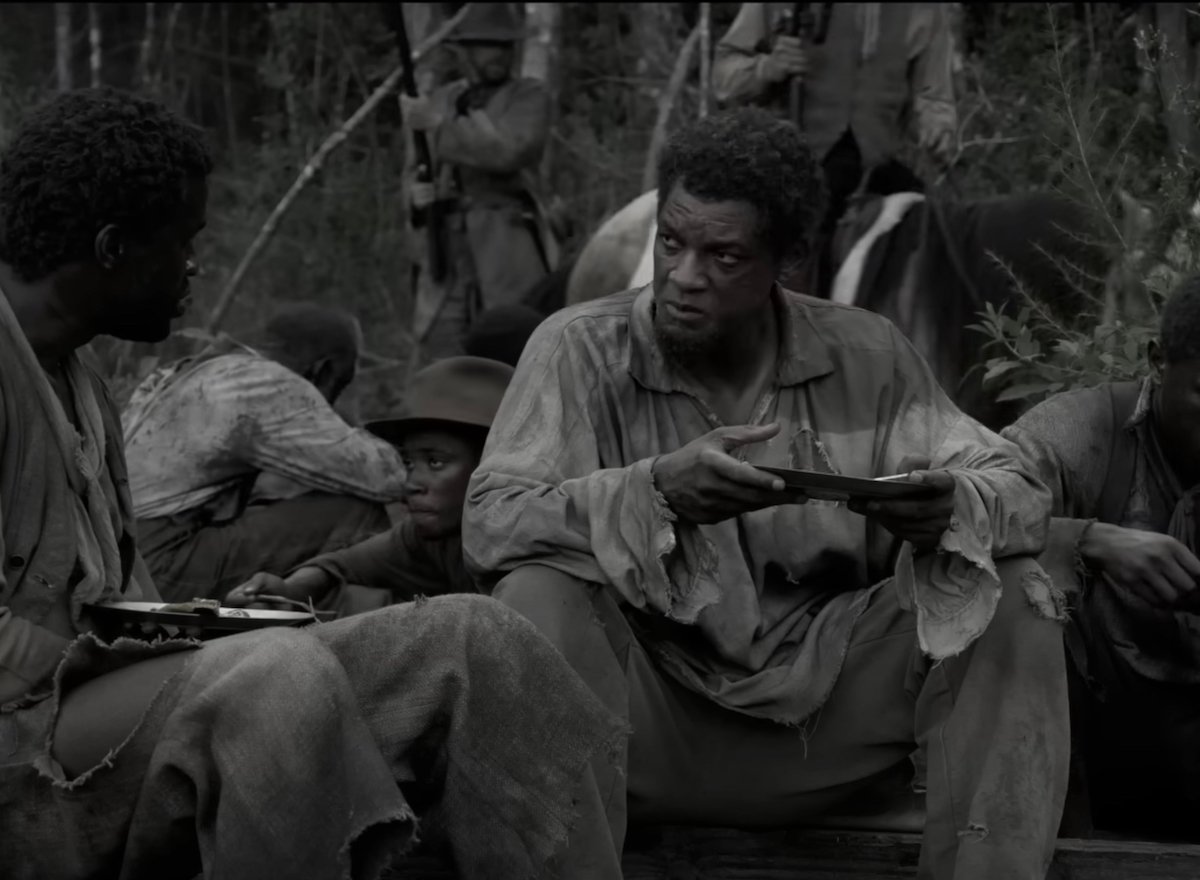
‘Emancipation’: You Should Know the True Story of Escaped Slave Gordon Before Watching Will Smith’s Historical Action Thriller
Will Smith‘s latest project focuses on the Emancipation of the slaves during the 1800s. Before watching the movie, Emancipation (2022), be sure to brush up on your history and learn about the true story of the escaped slave Gordon ‘Whipped Peter’ who made a dangerous run for freedom.
‘Emancipation’ will be released on Apple+ in December 2022

According to IMDb, “A runaway slave forges through the swamps of Louisiana on a tortuous journey to escape plantation owners that nearly killed him,” is the plot of Emancipation.
Smith plays the main character, Gordon “Whipped Peter,” alongside co-stars Ben Foster as Fassel, David Denman as General William Dwight, and Steven Ogg as Sergeant Howard. While the movie is based on a true story, Smith’s character is a fictional depiction of the real Gordon.
There was speculation that Emancipation would not be released due to Smith’s slapping incident at the Academy Awards on March 27, 2022. But, it was later announced the movie would be released in late 2022.
The real Gordon made a dangerous run for freedom
According to the African American Registry, Gordon was born in Louisiana on a plantation in St. Landry Parish owned by John and Bridget Lyons. At the time of the 1860 census, over 40 people were enslaved on the plantation.
Gordon escaped this 3,000-acre plantation in March 1863. Gordon put onions he stole from the plantation in his pockets to cover his scent from the bloodhounds sent to track him. After Gordon would cross a creek or swamp, he would rub his body down with the onions to throw off his scent.
Gordon traveled 40 miles in the span of 10 days after which he reached Union soldiers of the XIX Corps station in Baton Rouge. He reported he left his plantation 10 days previously and that the whipping scars on his back were from the plantation’s overseer.
Three months after the Emancipation Proclamation allowed freed slaves to join the military, Gordon joined the Union Army as a guide. Gordon was captured by the Confederate army while on one expedition. The Confederate soldiers left Gordon tied up, beaten, and left for dead. Gordon still managed to escape back to the Union army.
Gordon enlisted in the U.S. Colored Troops Civil War Unit. He fought bravely in the siege of Port Hudson (May 1863) and his actions were part of the first time Black soldiers played a leading role in an assault. Gordon died on July 20, 1907.
Gordon’s back helped raise awareness
Photography during the Civil War was used to heroize military leaders and leading politicians and memorialize battlefields. The images taken revealed how violent and horrific the war was for both the Union and the Confederacy. Photography also played an influential role in expanding the awareness of slavery and the brutality therein, according to America’s Black Holocaust Museum.
Gordon submitted to a medical examination before he could join the Union Army and during that examination extensive scars on his back were discovered. He was asked to pose for a picture to document the torture he endured.
The photographers who took these compelling photos then mass produced and circulated the picture. The photo caused an immediate response. It was seen as a “searing indictment” of slavery and used by the abolitionist movement to support their cause.
One writer for the New York Independent wrote, “This Card Photograph should be multiplied by 100,000, and scattered over the States. It tells the story in a way that even Mrs [Harriet Beecher] Stowe [author of the 1852 book, Uncle Tom’s Cabin] can not approach because it tells the story to the eye.”
Gordon’s photograph can also be seen in popular culture. The movie Lincoln (2012) showed the son of Abraham Lincoln looking at a glass plate of Gordon’s back by candlelight.
There are no complete records of Gordon’s service in the Union Army, and no one knows what became of him. Yet, this famous photograph of his striped back lives on to this day as a testament to what happened in our history.


